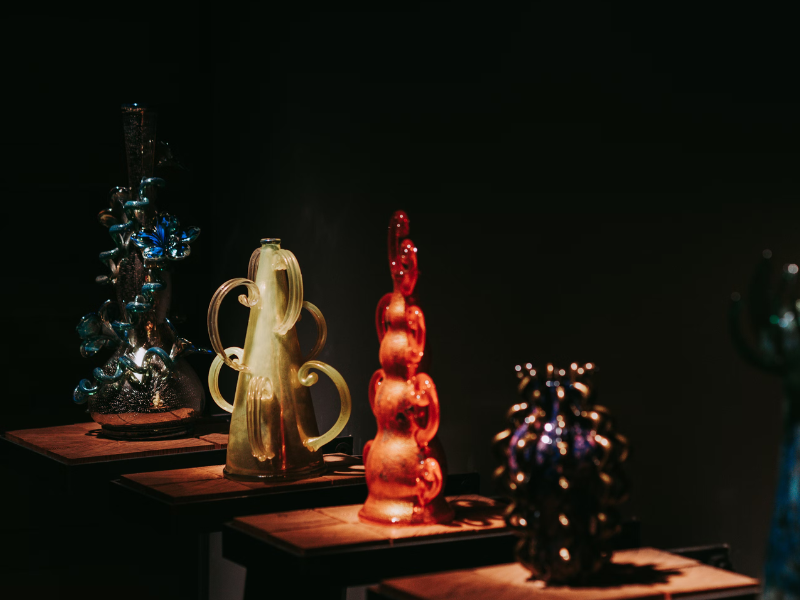Ensure Your Artwork Is Valued at the Price It Deserves
For centuries, people have found value in artwork as a means of self-expression and as a product to exhibit. Over that time, countless artists have painstakingly brought their visions to life on canvas for the world to see. However, in today’s world, this legacy makes understanding the value of your art an increasingly complicated process.
Thankfully, there are several metrics you can use to help you value your artwork, whether it is a piece you own or a piece you’ve created. And the best part is, you don’t have to be a savant to follow along! Experts agree that there are certain characteristics of artwork that they look at when considering the value of a piece. All the following are factors for you to consider when you start to value your art.
Understand the Recognizability of the Artist
One of the most important aspects of a piece of art’s value isn’t the art itself, but the artist behind it. If you have an authentic painting by Pablo Picasso or Vincent van Gogh lying around, you can feel rather confident that it will be worth quite a lot. An artist’s reputation translates to their work’s appeal; the more recognizable the artist, the more people will appreciate their work, meaning that collectors will pay more for that work.
Of course, virtually every household name was once an unknown artist. So today’s artists who don’t have the same worldwide recognition need to rely on other means to price their artwork.
Consider the Size of the Artwork
By and large, the physical size of a piece of art is a major factor in its value. Think about it: a large painting takes far more time, effort, and materials than a small one. Plus, a large piece will likely have more details to appreciate and showcase the skill and ambition of the artist. Finally, large pieces are favored by buyers because, simply put, bigger is better. If a buyer is planning to display the piece in their home or on their property, they want this investment to be eye-catching. The best way to do that is to purchase a larger piece of art that can serve as the focal point of a room.
Whether you’re an artist yourself or a collector, you should expect your larger paintings to be generally more valuable than smaller ones, even if the pieces are by the same artist.
Analyze the Artwork’s Medium
The medium of the painting is another factor that can influence its value. For example, two of the most common types of paint are oil-based and acrylic-based.
To casual viewers, this difference in medium might not be important as long as the finished painting looks good. However, art critics and collectors understand the difference the medium can make. Oil paint has a long history and has been classically renowned as a high-quality material that people favor. Because of this, oil paintings can be worth twice as much as acrylic paintings, even when compared to works from notable artists.
This concept applies to other mediums, such as statues, where marble, bronze, and terracotta statues can all vary widely in price. Comparing your piece’s medium to similar pieces is crucial to understanding its worth.
Evaluate the Condition of the Piece
This may seem like an obvious point, but it still deserves some explanation. The condition of artwork plays a key role in determining its value. If a painting has been sitting in a dusty attic and sustained damage over the years, you shouldn’t expect very much for it. Alternatively, if you’ve gone to great lengths to preserve your work and it is in excellent condition, you’ll be in luck when you bring it to market.
With all that said, even if your artwork isn’t in prime condition, it doesn’t necessarily mean that it holds no value. Depending on the other factors discussed in this article, it could still be valuable to the right collector.
Factor in Demand for the Art and/or Artist
Supply and demand are key forces undergirding the value of many artistic works. If the market is oversaturated with the style or type of art you’re trying to sell, you may have to price it for lower than you’d like. But on the other hand, if there is a high demand for your art and a limited supply of similar pieces, then you’ll be able to ask for more and its value will increase.
This applies to artists as well. A flourishing new artist or a classical great may have their work valued highly, while an artist who is out of their prime may not command the same demand. These forces of supply and demand will fluctuate over time, so it is important to stay up to date with the latest trends.
Consult the Experts at Joshua Kodner Galleries
Understanding how all these factors work together to set the price for a single piece isn’t the easiest for those unfamiliar with the ever-changing landscape of art auctions. Instead of attempting to appraise and price your artwork yourself, you should turn to the experienced professionals at Joshua Kodner Galleries.
We stay in tune with the fine arts market and have worked with artists and collectors alike for years to value, sell, and buy their precious art pieces. Additionally, we pride ourselves on our honesty and transparency, meaning that you can feel confident you’re receiving the most accurate assessment possible. If you’d like to learn more, get in contact with us today!




